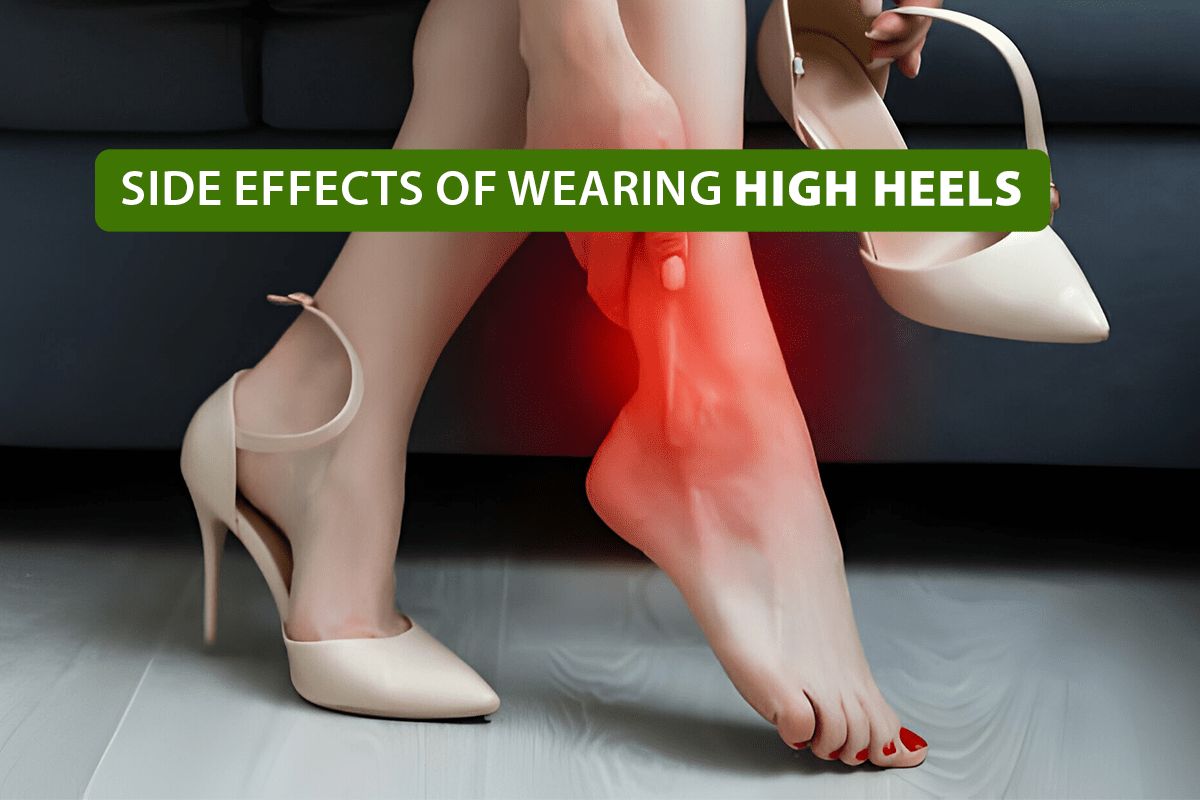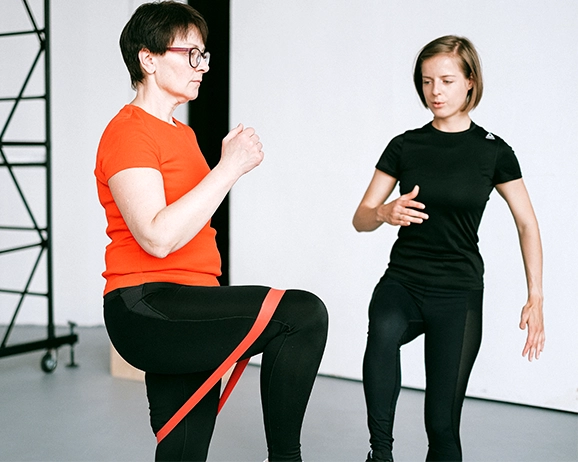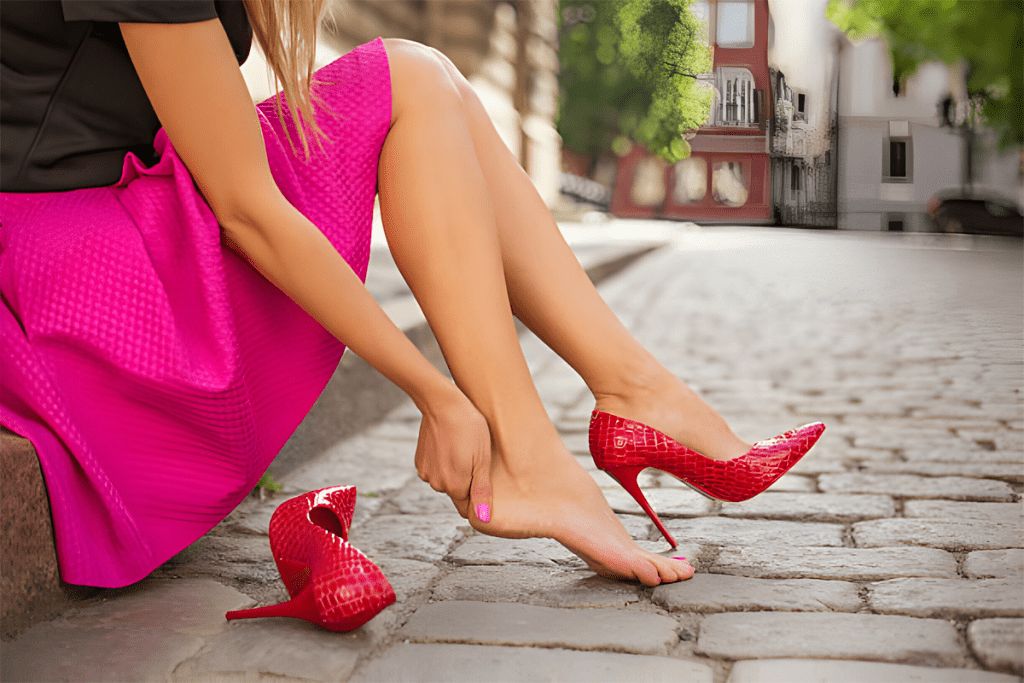
In the world of fashion, high heels have become a symbol of sophistication and style. Many women adore the elegance that comes with strutting in a pair of heels, but what lies beneath the glamour may surprise you. As a physiotherapy expert, our goal is to shed light on the side effects of wearing high heels, emphasizing the impact on our physical well-being.
Postural Misalignment
One of the most noticeable side effects of frequent high heel use is postural misalignment. The body’s center of gravity shifts forward when wearing heels, causing the lower back to arch and the shoulders to compensate by leaning back. This altered posture places excessive stress on the spine, leading to discomfort, pain, and potential long-term damage.
Foot Pain and Deformities
The narrow toe box and heightened arch of high heels force the foot into an unnatural position, leading to a range of foot-related issues. Chronic use can result in conditions such as bunions, hammertoes, and plantar fasciitis. The constant pressure on the balls of the feet can also cause metatarsalgia, a painful condition affecting the metatarsal bones.
Ankle Instability and Sprains
Walking in high heels significantly decreases the base of support, making it more challenging to maintain stability. This increases the risk of ankle sprains, especially when navigating uneven surfaces. The ankle ligaments may become overstretched or even torn, causing pain, swelling, and potential long-term instability.

Knee Strain and Osteoarthritis
The altered posture induced by high heels not only affects the spine but also places additional stress on the knee joints. Prolonged use can lead to increased wear and tear, potentially contributing to the development of osteoarthritis. Knee pain, stiffness, and reduced joint function may become persistent issues for those who regularly wear high heels.
Calf Tightness and Achilles Tendon Issues
Wearing high heels causes the calf muscles to contract and shorten, leading to tightness. This can result in discomfort, especially when transitioning to flat shoes. Moreover, the Achilles tendon may become strained or inflamed due to the constant pressure and altered biomechanics, leading to conditions like Achilles tendinitis.
Reduced Balance and Proprioception
High heels challenge the body’s natural balance and proprioception, the sense of body position in space. This can lead to a compromised ability to maintain balance, increasing the risk of falls and injuries. Over time, the body may adapt to the altered mechanics, making it challenging to walk comfortably without heels.

Read Also – The Role of Pre and Postnatal Physiotherapy in Maternal Health
Conclusion – Side Effects of Wearing High Heels
While high heels may enhance a woman’s appearance and confidence, it’s crucial to acknowledge the potential toll on physical health. As a physiotherapy expert, our advice is to prioritize comfort and choose footwear that supports the natural alignment of the body. If high heels are a must for a special occasion, consider limiting the duration of wear and incorporating foot and ankle exercises to mitigate the negative effects. Balance is key when it comes to fashion and health, and understanding the side effects of high heel use empowers individuals to make informed choices for their overall well-being.
